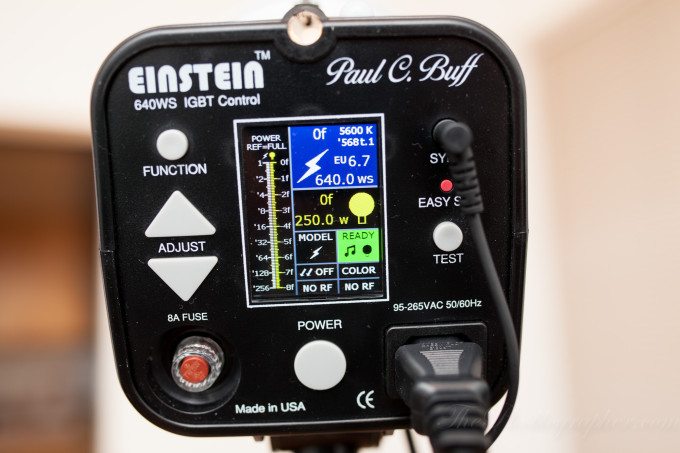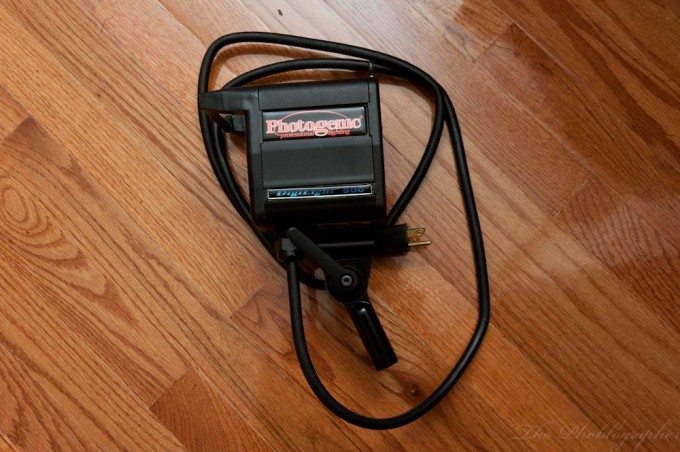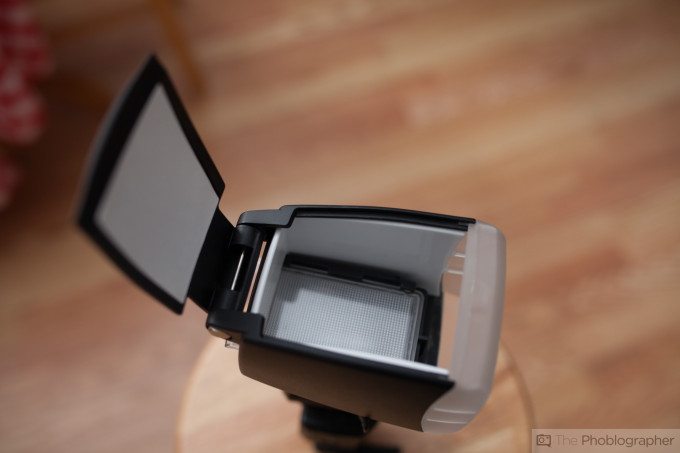What’s better? Constant lighting or strobe?
When any photographer wants to get into learning more about light, they’re bound to ask about constant lighting. As the years have progressed, constant lighting has become better and better, but it still isn’t the industry standard for many professional and high end photographers. Many still tend to lean towards working with strobes for many reasons–the specific looks that they give you are only one reason.
For your benefit, we’ve rounded up a number of pros and cons for using both constant lighting and strobe lighting. These lists are very subjective and can go on and on, but this one is designed to not overwhelm you.
Constant Lighting
Pros
– Simpler to use.
– Consistent light lets you make exposures with ease. What you see is literally what you get.
– Color adjustment can be done easily if the light allows it. Some can do it with the turn of a knob.
– Can be used for both photography and video.
Cons
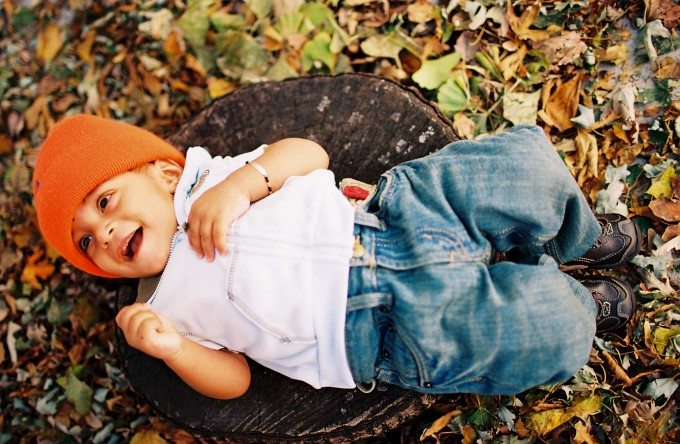
– Bulbs burn out and need to be replaced.
– Can become very, very hot to the touch and tend to overheat quite a bit unless they’re LED panels.
– Dollar for dollar, they’re much weaker than strobes.
– A lot more to transport and can be larger and tougher to carry around.
– They’re bound to blind your subject a lot quicker than a strobe will.
Strobe
Pros
– Usually smaller and more portable than constant lighting.
– Dollar for dollar much more powerful than constant lighting.
– Flash durations ensure crisp, clean sharpness to your image.
– Less likely to break down due to less moving and interchangeable parts.
– Usually come with a modeling light that can be used as a constant light.
– Second curtain flash and stroboscopic modes let you do really cool effects.
– Flashes can last you your entire career, their durability is insane.
Cons
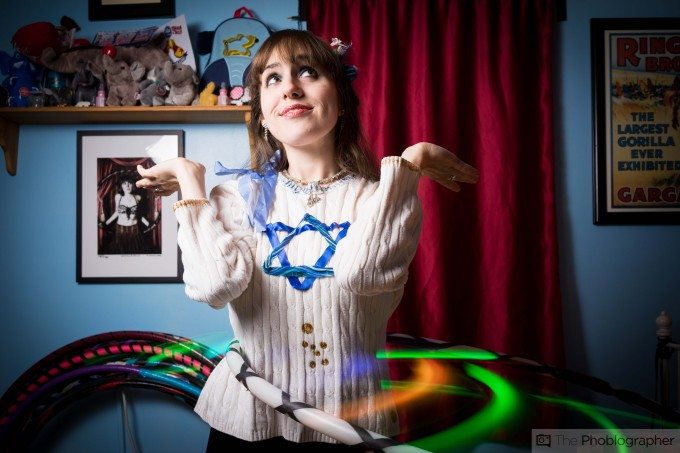
– Can be tougher to learn for some. While TTL lighting is easier, it can be frustrating at times.
– Power issues can arise where you need to dump the power in order to shoot again.
– Usually require radios to trigger them off camera unless you use infrared firing.
– Color consistency can be an issue unless you’re willing to pay out quite a sum.
– Unless you’re using high speed sync or leaf shutter lenses, you can only shoot at a maximum shutter speed due to the way that focal plane shutters work. You may need to use an ND filter.
– To get a color change of the light you need to use gels.


